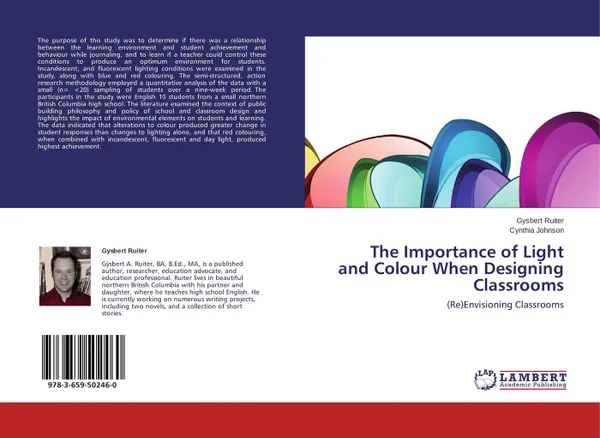The Importance of Light and Colour When Designing Classrooms
2013
84 страницы
Категория: Литература на иностранных языках
Язык: Английский
Тираж: 500
Где найти книгу?
📖 The purpose of this study was to determine if there was a relationship between the learning environment and student achievement and behaviour while journaling, and to learn if a teacher could control these conditions to produce an optimum environment for students. Incandescent, and fluorescent lighting conditions were examined in the study, along with blue and red colouring. The semi-structured, action research methodology employed a quantitative analysis of the data with a small (n= <20) sampling of students over a nine-week period. The participants in the study were English 10 students from a small northern British Columbia high school. The literature examined the context of public building philosophy and policy of school and classroom design and highlights the impact of environmental elements on students and learning. The data indicated that alterations to colour produced greater change in student responses than changes to lighting alone, and that red colouring, when combined with incandescent, fluorescent and day light, produced highest achievement.
Мнения
